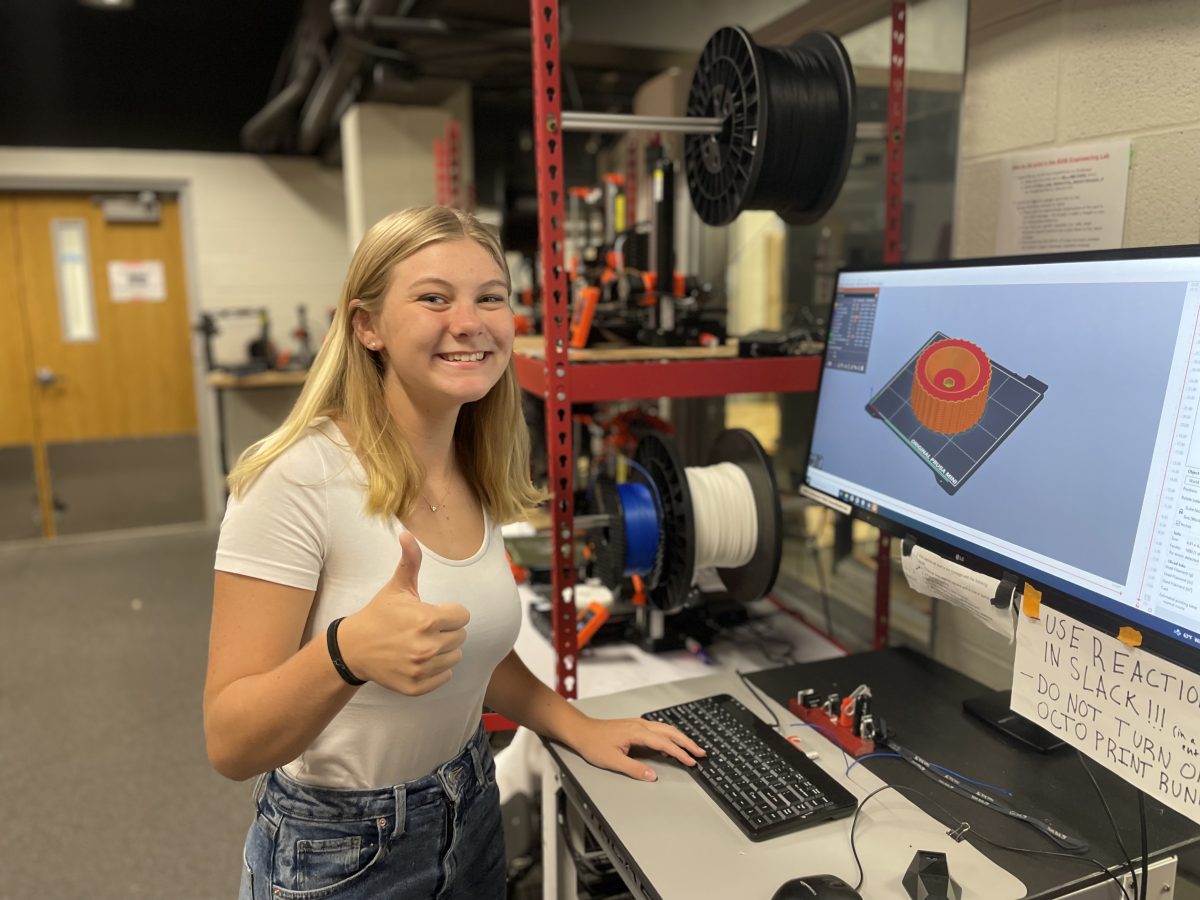STEM subjects are topics that fall under the umbrella of Science, Technology, Engineering, and Math. Each of these studies help students become successful in a variety of different careers by developing critical thinking and problem-solving skills. STEM classes build upon each other and they reinforce and apply similar concepts in their curriculum. At Benilde-St. Margaret’s, students are eager for the knowledge and experience they can gain from the STEM classes that are offered.
Students are taught a wide range of scientific areas of study through the BSM curriculum. Freshman through senior year, BSM students take Biology, Chemistry, and Physics, and can take several science electives, like Ecology, Forensic Science, Biomed, and AP Physics.
Lisa Bargas, a chemistry teacher at BSM, shared her perspectives on the importance of science and the skills that it helps students develop. “[Science] teaches you how to think critically and how to problem solve and how to follow a process from start to finish; if you’re doing labs, for example,” Bargas said.
Matt Miller, Physics and Engineering teacher, has a similar view on the benefits that science classes give students. “The physics that I’m teaching puts you in a good position to have a good basis for things if you want to be [for example], a biology major or if you want to be maybe a chemistry major,” Miller said.
Outside of science classes, students have the opportunity to become members of the Medical Club, a primarily student-led, after-school club that gives students a chance to learn more about what it is like to be a healthcare provider. Students in Medical Club hear from a variety of speakers such as Doctors, Nurses, or Medical Practitioners who give insight into what having a job in the medical field is like.
Junior Maddie Murry, the Medical Club’s Commissioner of Dissections and Events, has been a member for 3 years and has learned important lessons about careers in the medical field. “I think that we have a lot of really good speakers and it’s been really helpful in helping me decide what I actually want to study in school,” Murry said.
They also have opportunities to dissect several different types of animals, which increases their anatomy knowledge. In addition, many of the skills learned in science courses and Medical Club are transferable to other occupations that are both science and engineering-based, like biomedical engineering.
Technology is another vital aspect of STEM, and it’s one that’s used in every single class at BSM: when students use their computers, when teachers use Promethean boards or Apple TVs, or when students stare at the clock in less interesting classes. Technology is especially prevalent in science classes that require calculators, scales, and balances. Furthermore, in the Engineering Lab, technology is used in every class for a variety of reasons. “Every student’s project is required to use some sort of technology that is engineering related,” Charles Nepomuceno, Engineering teacher, said.
For students who are a part of the Robo-Cup Team, technology, and engineering work hand in hand when innovating and developing mechanisms and new machinery. Almost every day, Robo-Cup members learn skills using technology to create things like gear-based mechanisms, code to run programs, and 3D-printed objects. “[In] a project where they want to design and build something, then they have to use the 3D modeling program with us, which is Onshape. And then the 3D printers we use, which is Prusa”, Nepomuceno said.
Nepomuceno and Dr. Miller run the Engineering Lab and put in a great amount of effort to give BSM students the tools they need to learn new skills that are beneficial in and out of the classroom. For students new to the course, Engineering: Mindsets, and Engineering: Exploration lay a broad foundation that students can apply to several different avenues as upperclassmen. From that point, BSM students can choose between classes like Design and Fabrication, Electronics, and Hardware Programming. “We teach such a breadth of topics, that it allows students to figure out which type of engineering they want to pursue,” Nepomuceno said.
The skills that students learn and develop in engineering classes at BSM can greatly benefit them once they graduate. For example, Engineering students who create 3D Models using Onshape get experience in skills similar to those needed in mechanical engineering. In addition, the projects in Electronics or Hardware Programming classes mimic work done in electrical engineering. “We don’t have a hard and fast curriculum. The skills they gather are primarily from the projects they choose to do, to learn the specific skills they want. The hope is they learn practical skills,…skills that make it easier for them when they pursue their majors in either engineering or any other STEM topic,” Nepomuceno said.
Engineering has a large overlap with the other STEM fields, and this is especially true for students who take programming classes. Engineering courses, AP Computer Science Principles, and AP Computer Science A, seamlessly combine science, technology, engineering, and math.
Math is only required for three years at BSM, but it’s used in countless other classes at BSM. John Groess, a Math teacher, shared his perspective on the intersection of the STEM fields in the classes that he teaches. “I think a lot of times they overlap, especially when it comes to application. For example, [in] Algebra Two we just got done talking about things like unit conversion and working in scientific notation, and that’s exactly what [the students] were doing in Chemistry class.” Groess said.
The level of classes that students take varies greatly from student to student, with some students reaching Algebra, and others going all the way through Calculus BC. For some levels of math, students also have the choice of taking a blended version of their math class. Blended classes allow self-motivated students to learn math concepts through videos, on their own schedule.
STEM at BSM is still evolving and changing every year, but so many opportunities are available to students at BSM this year, and the skills that students may learn can be life-changing. “They’re all tied together. And I think right now, it’s really just a competition as to which field educators think that STEM students should learn first,” Miller said.

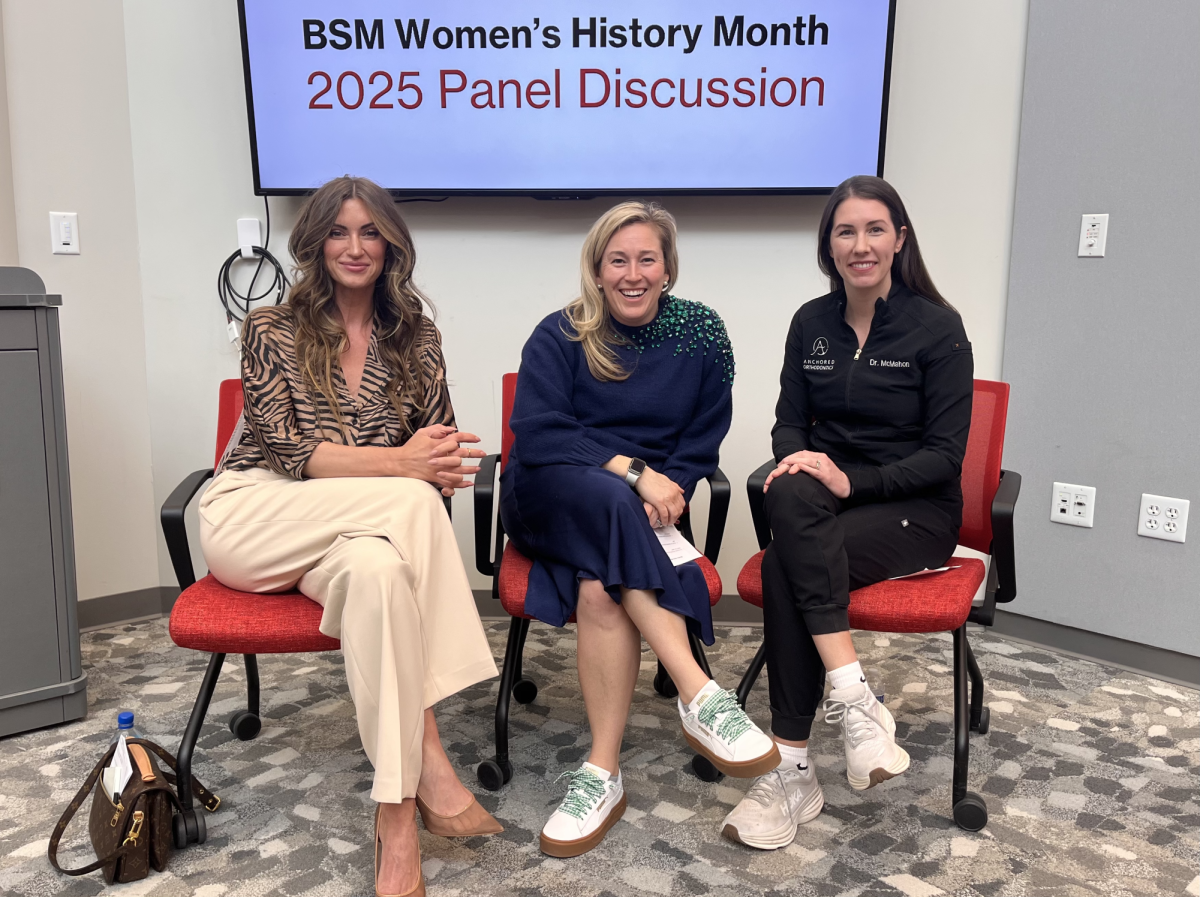
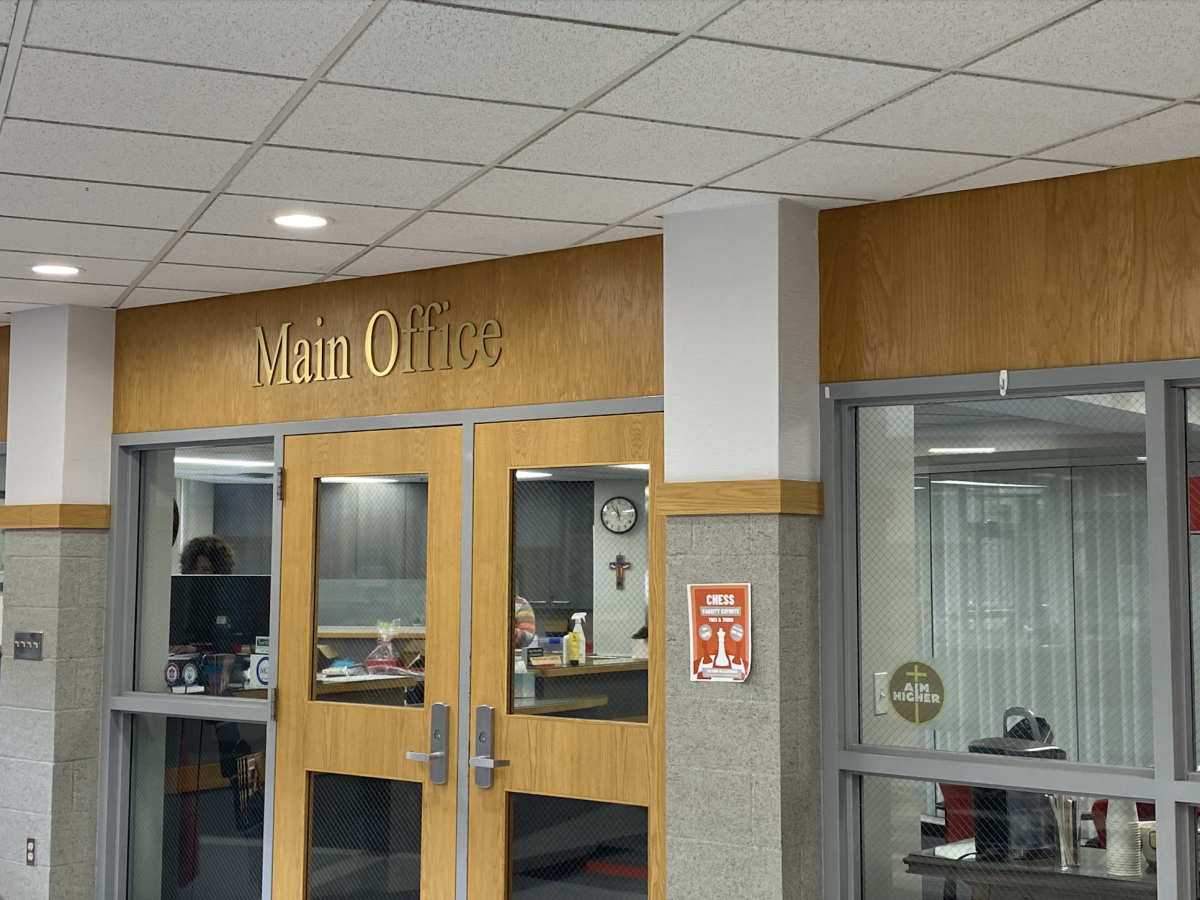
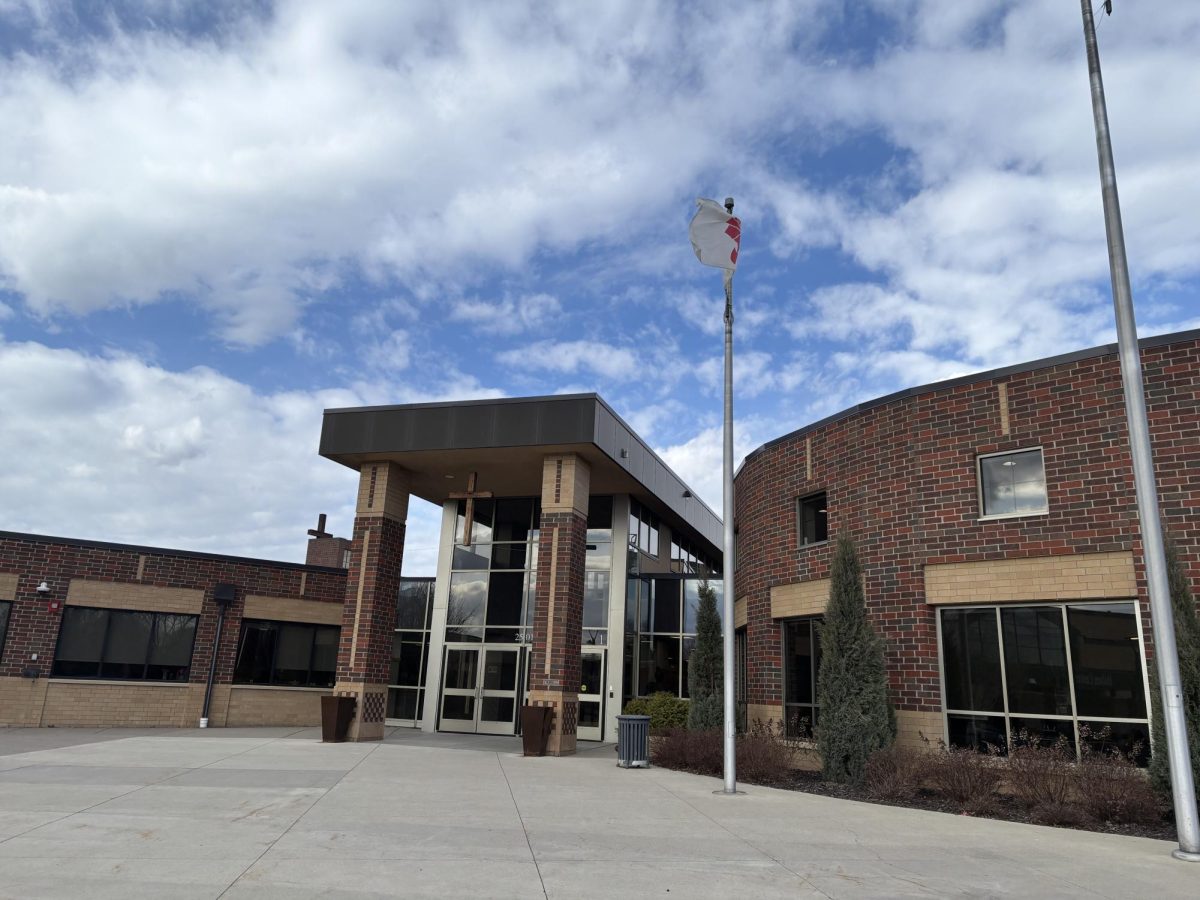
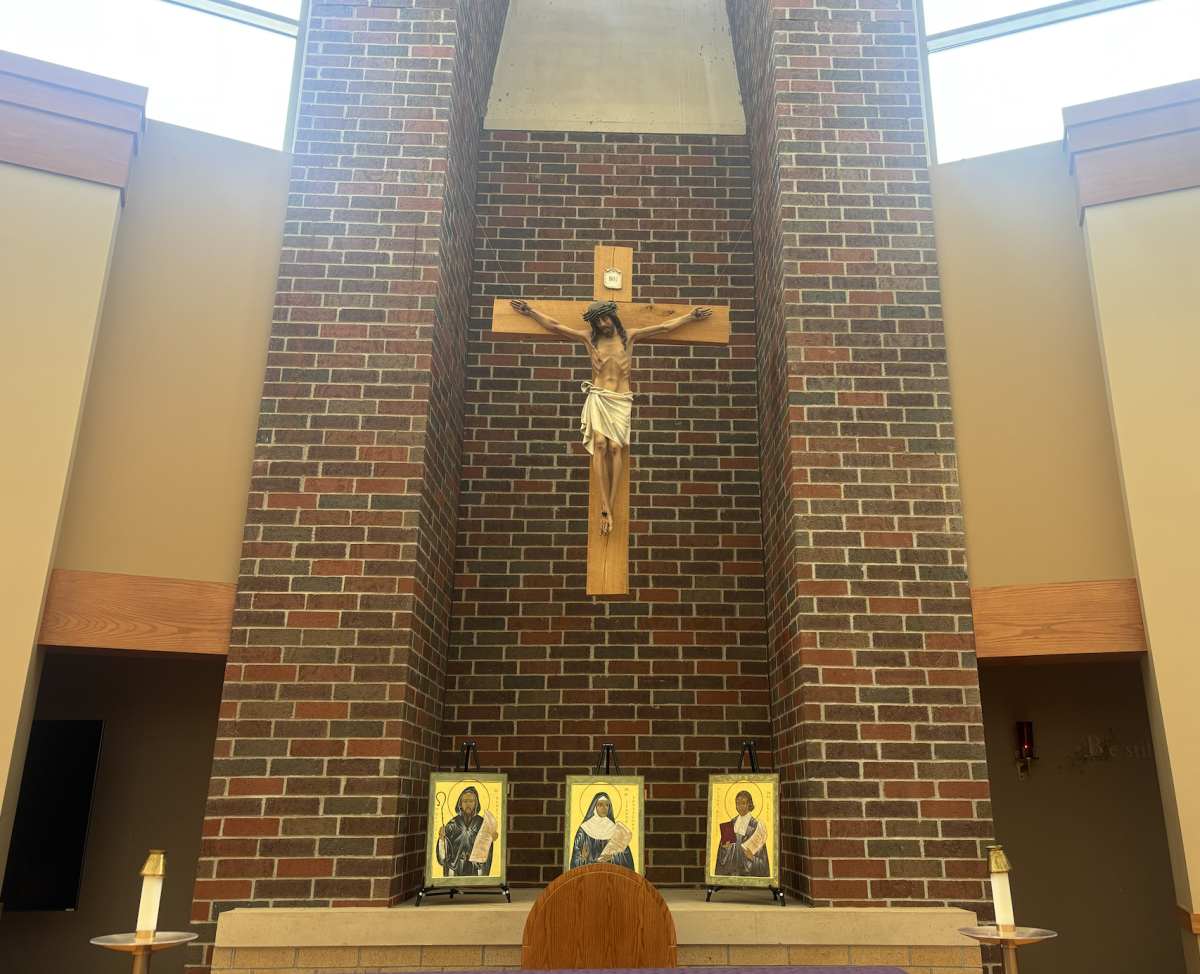
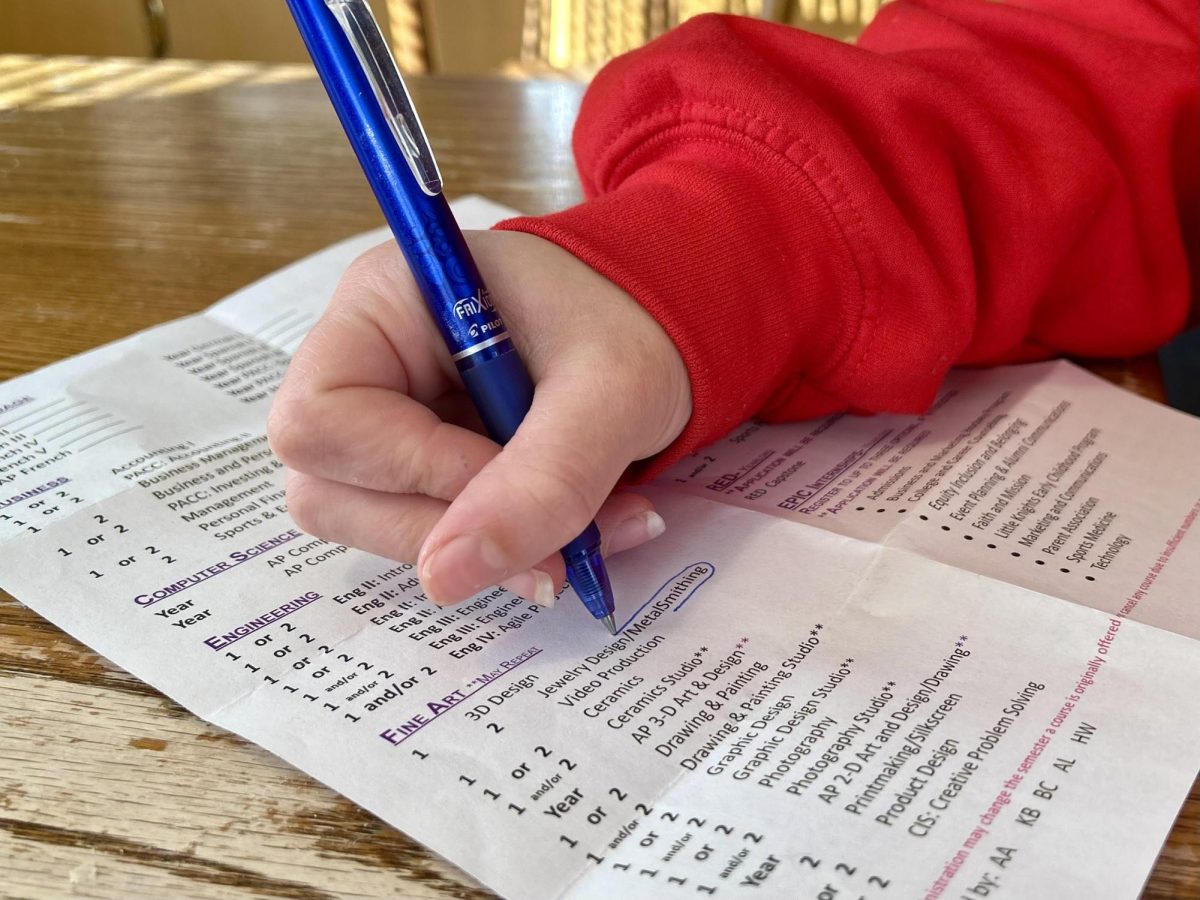
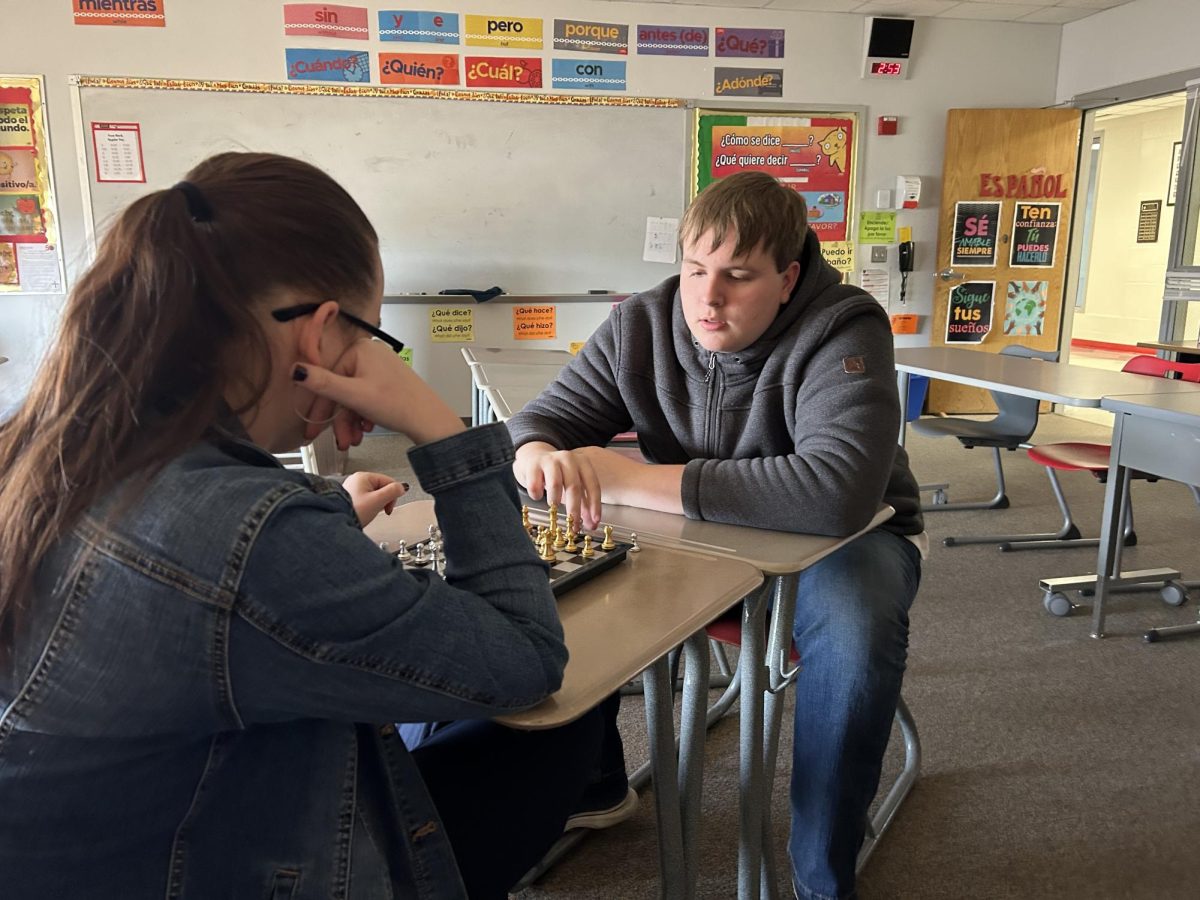

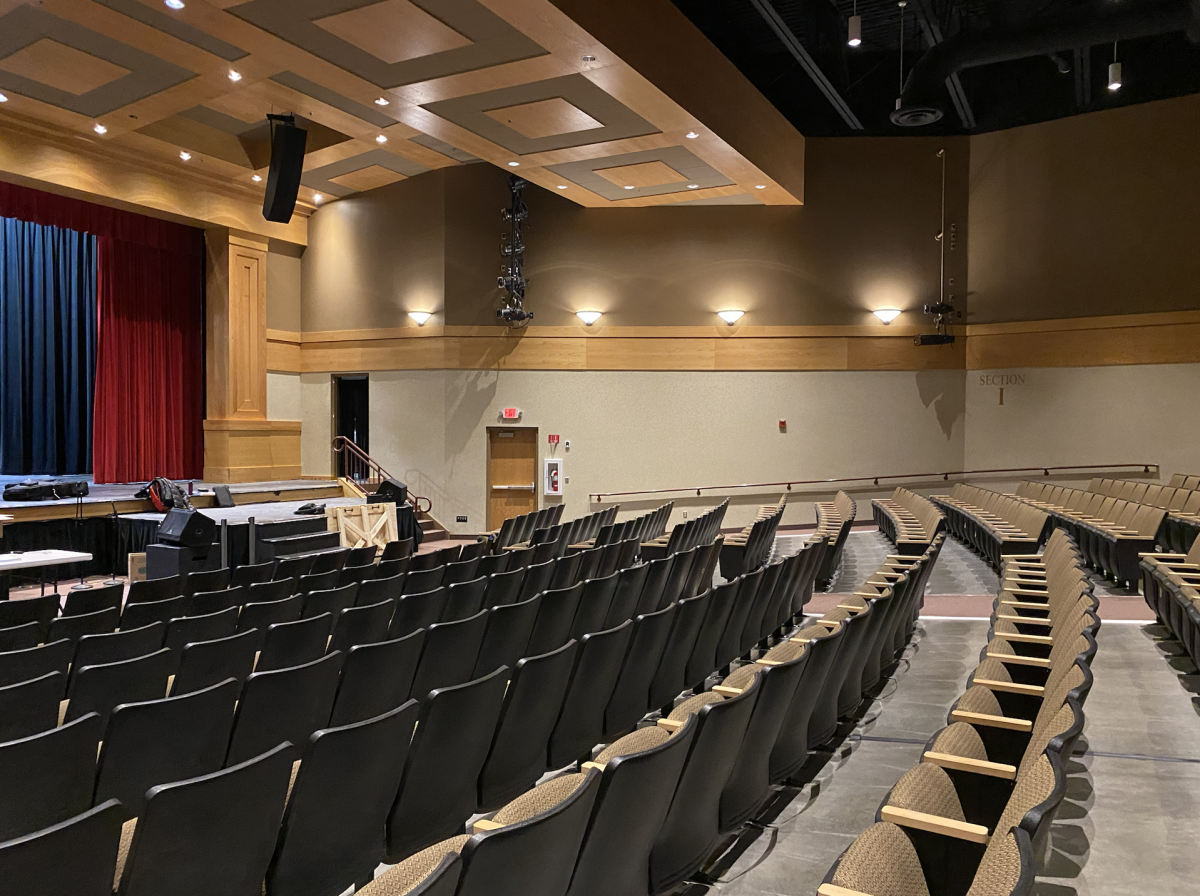
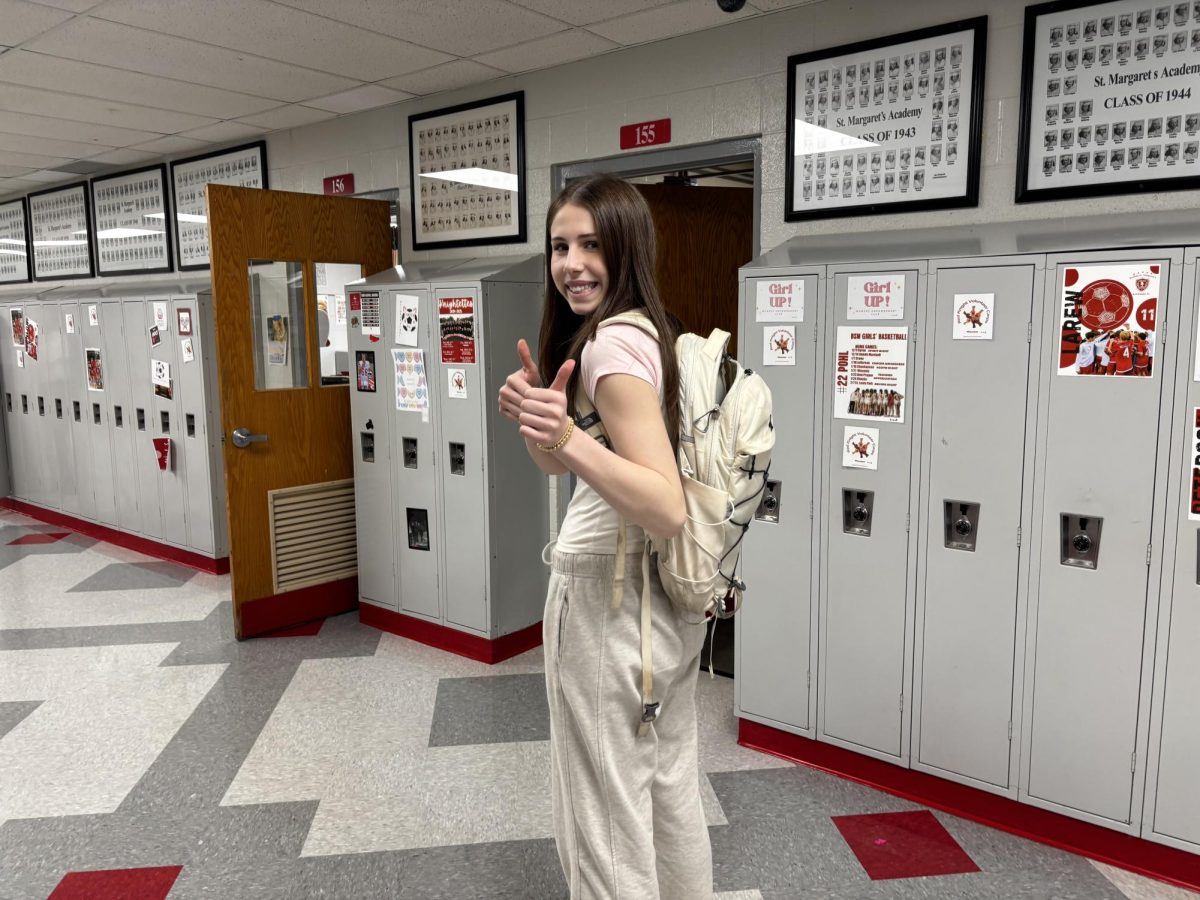
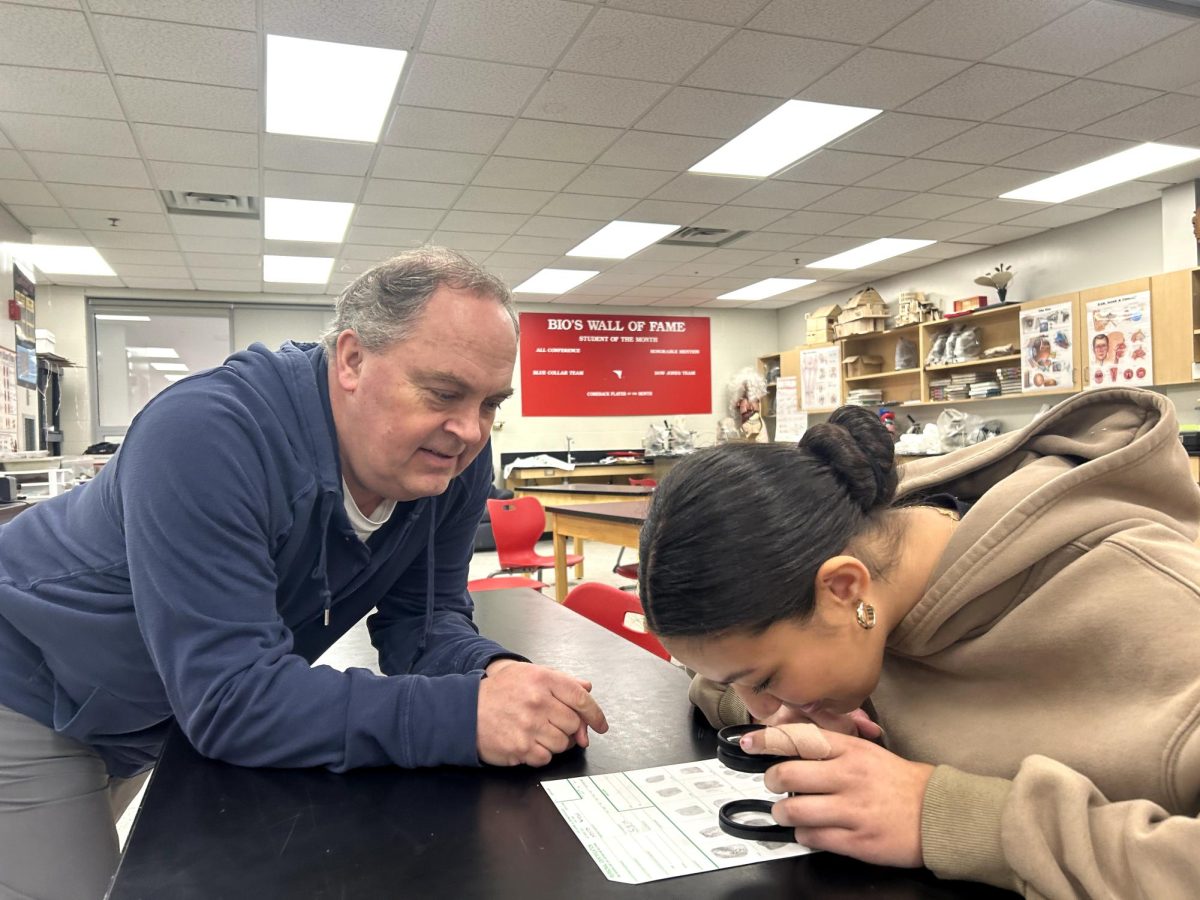


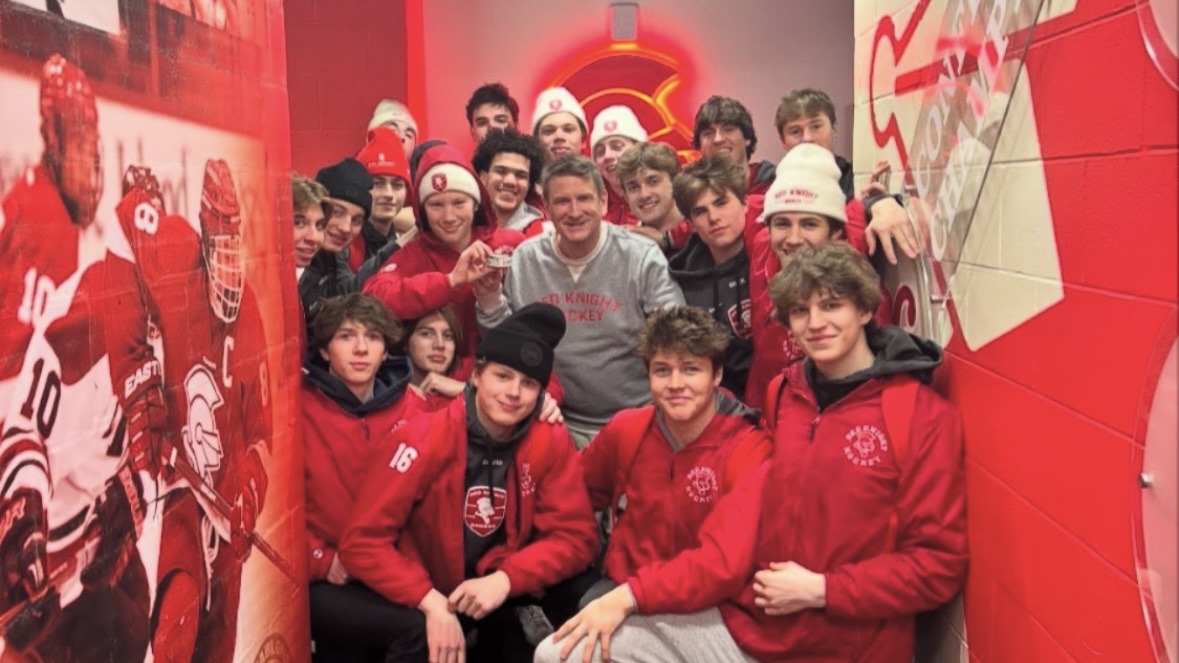
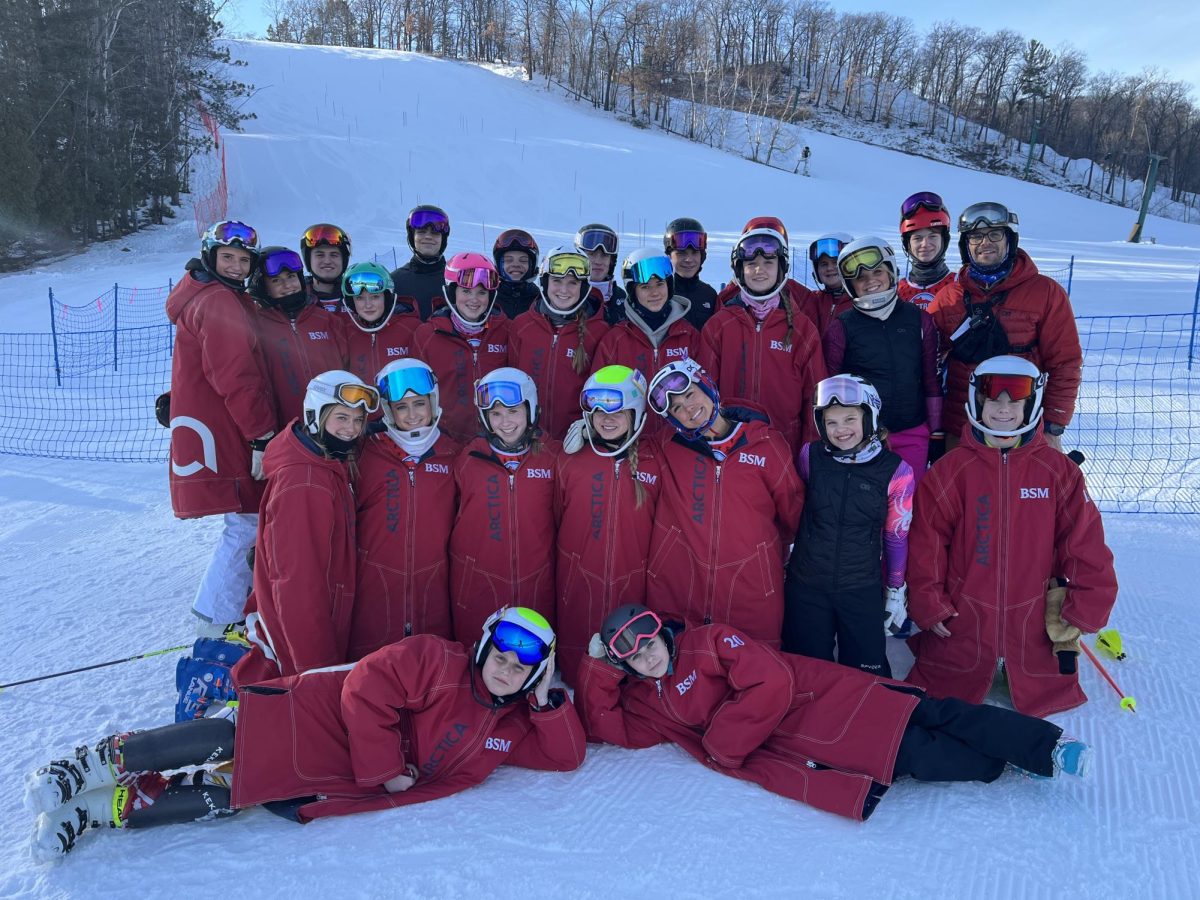
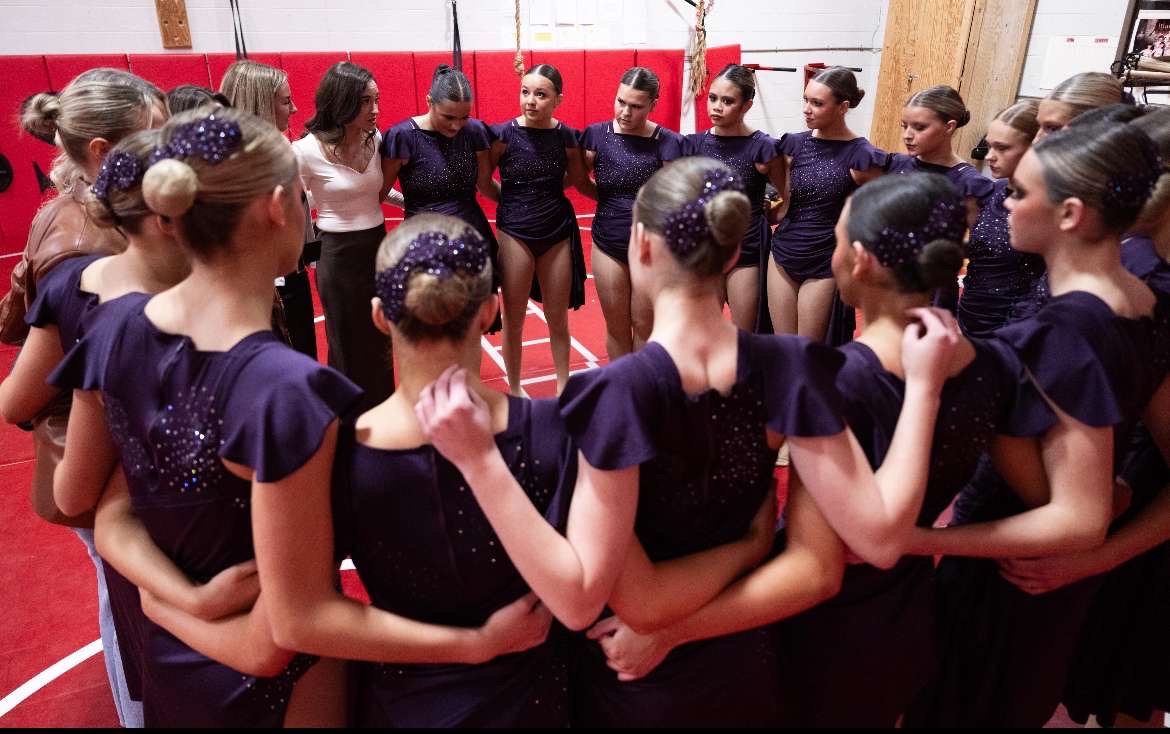





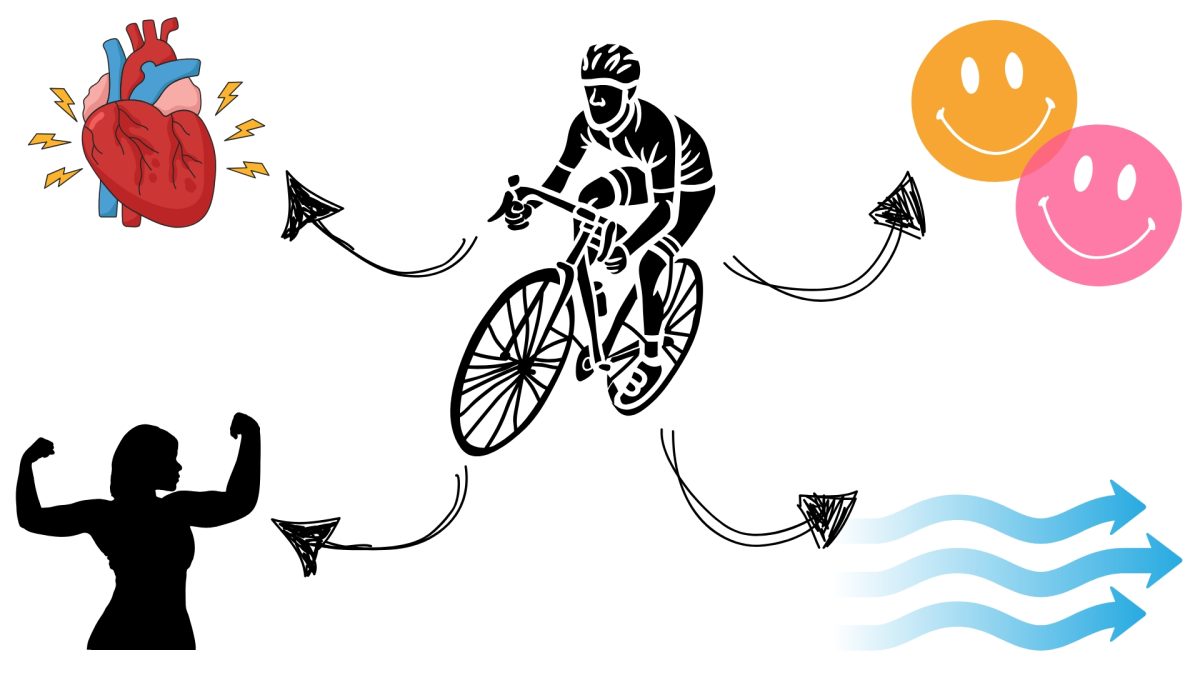
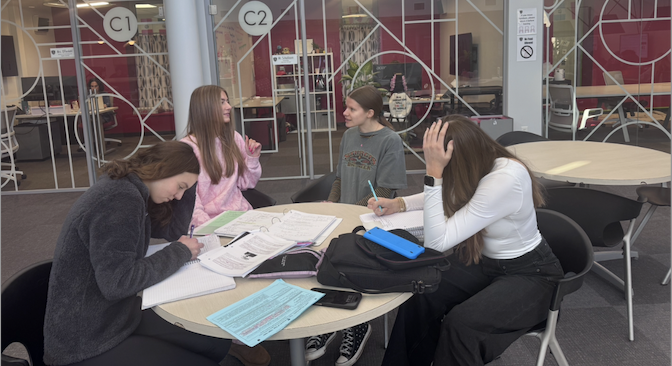
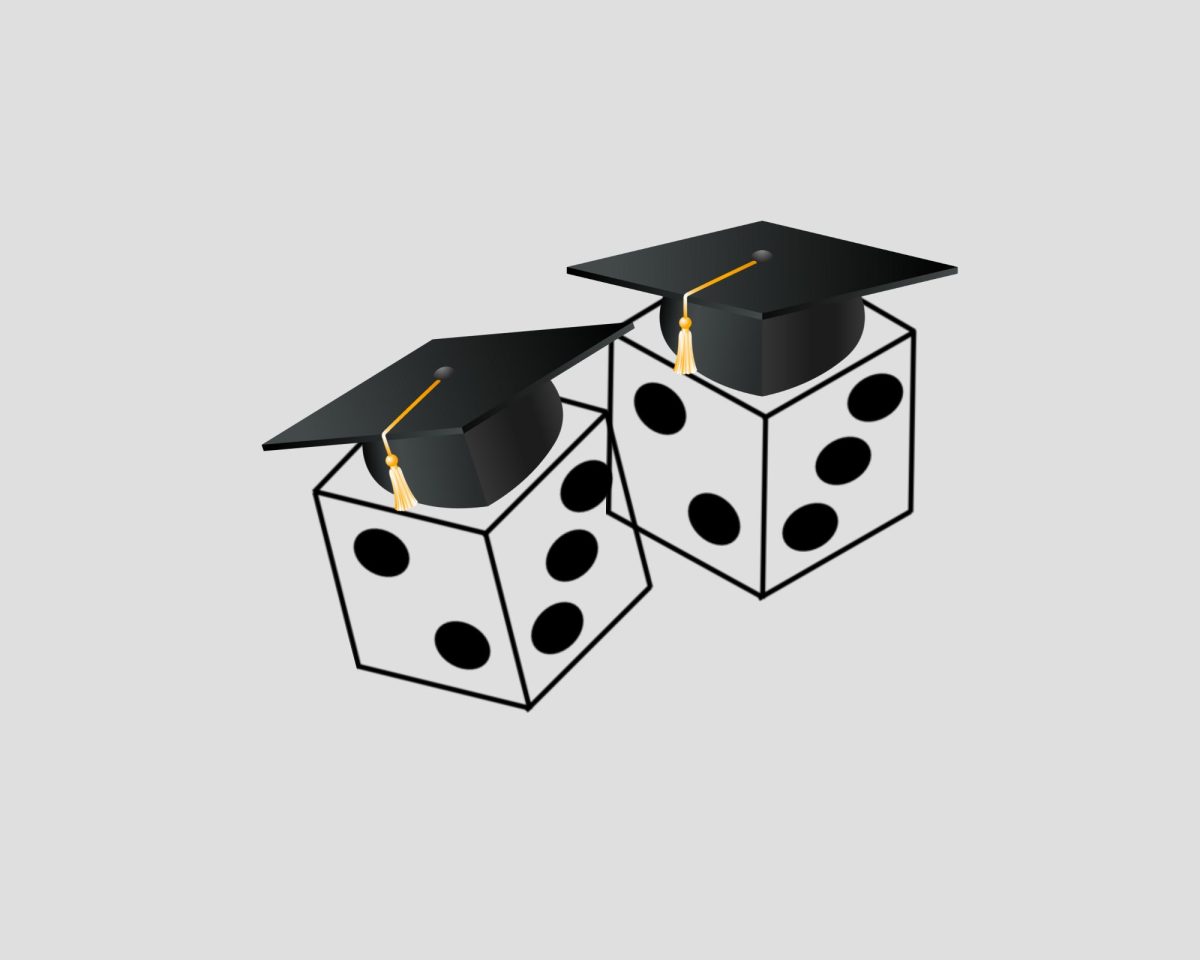
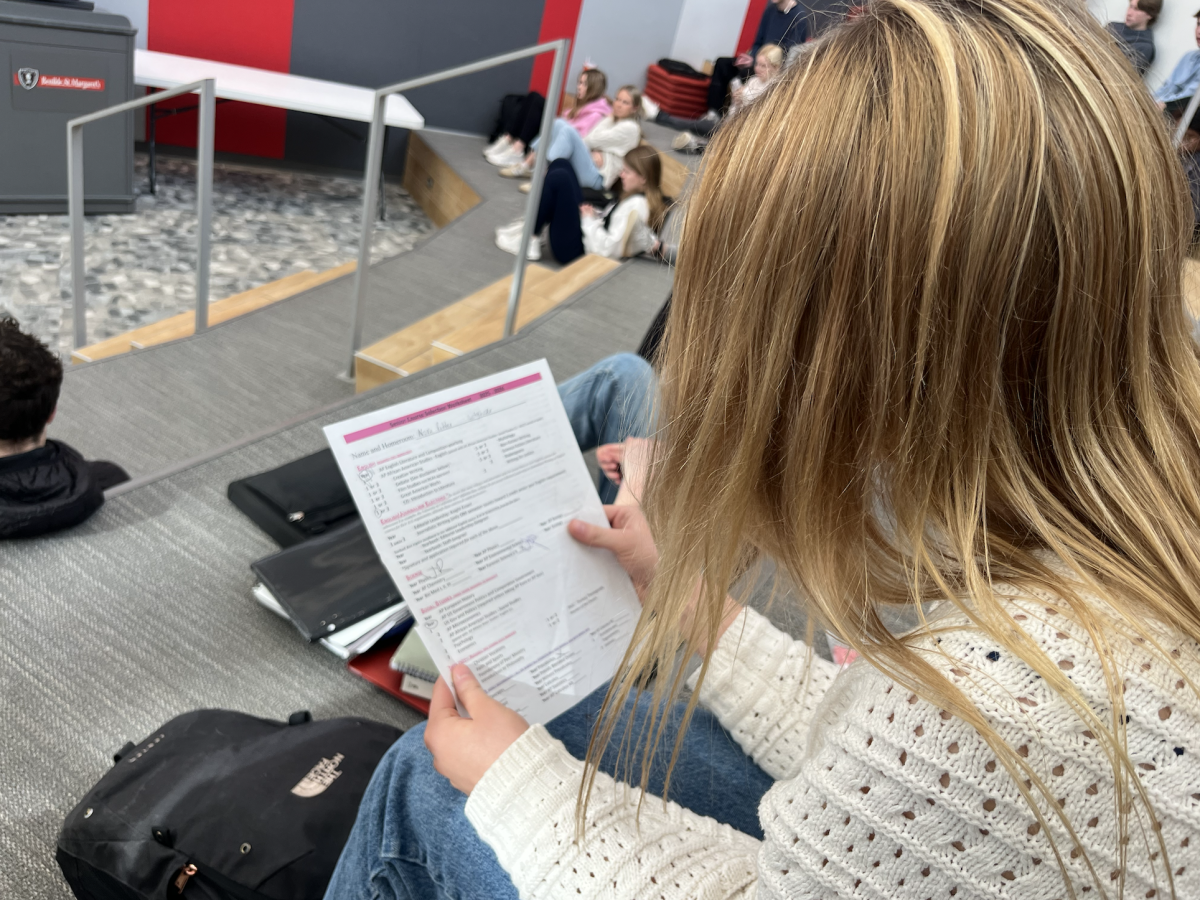
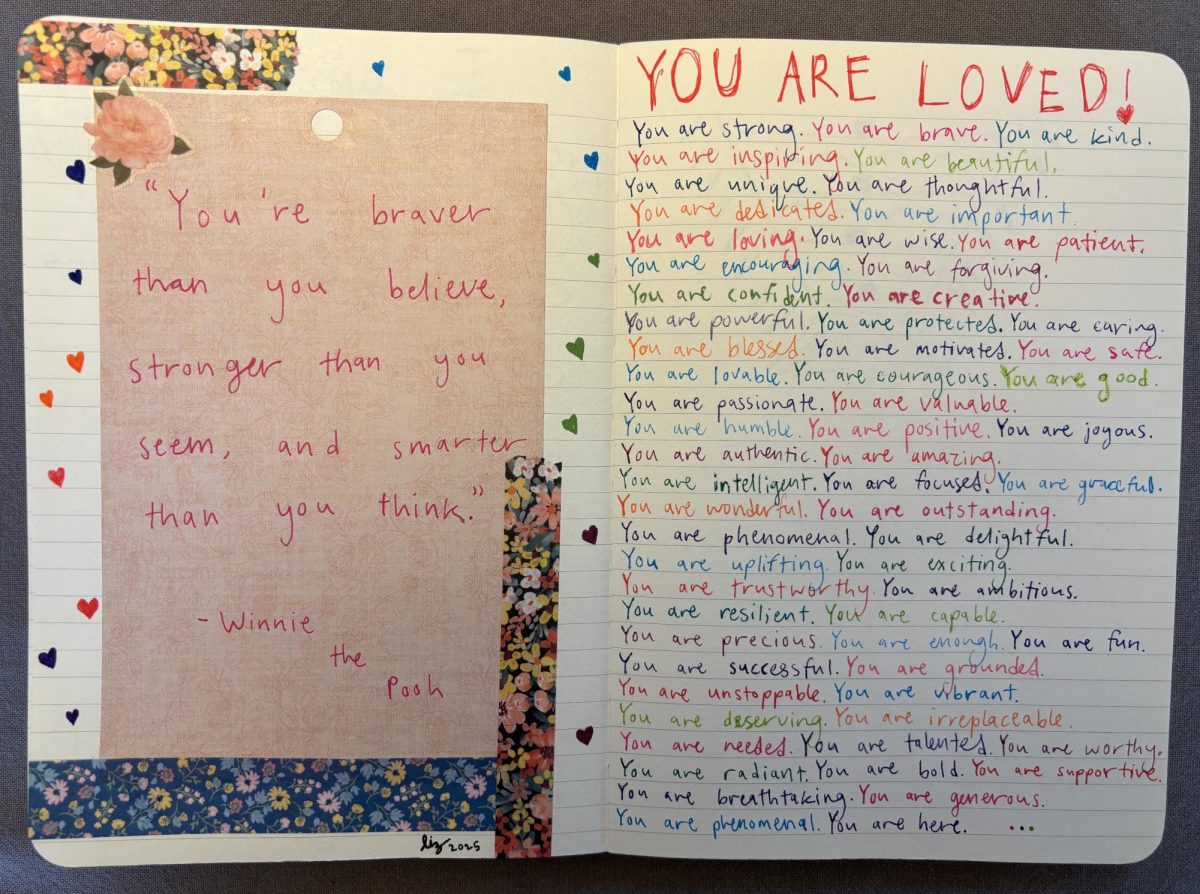


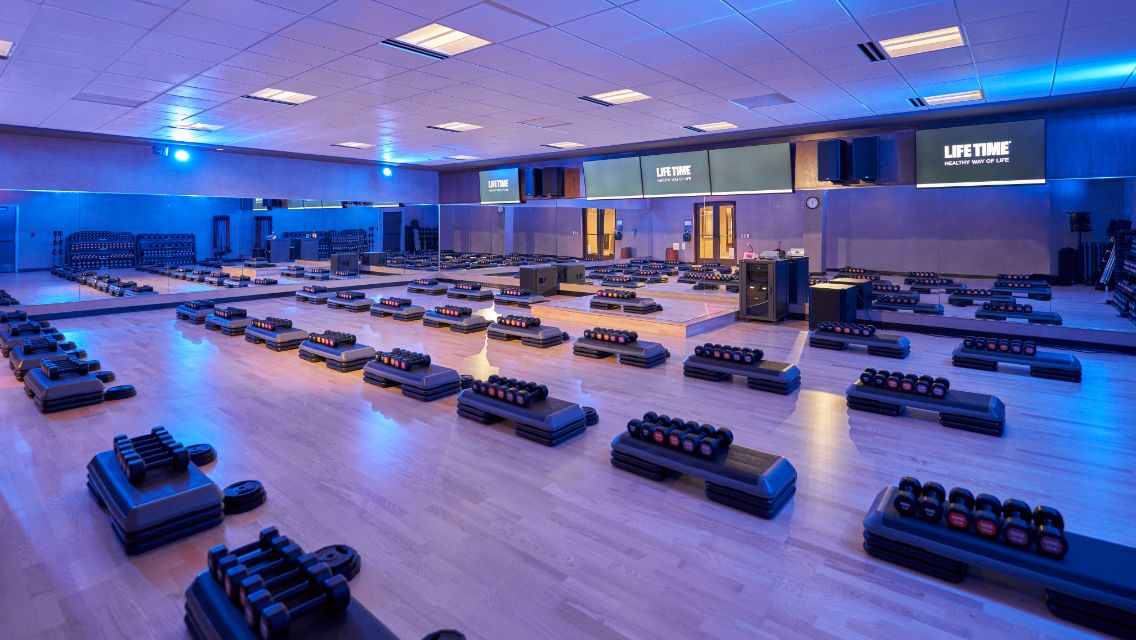







![Teacher Lore: Mr. Hillman [Podcast]](https://bsmknighterrant.org/wp-content/uploads/2025/03/teacherlorelogo-1200x685.png)




